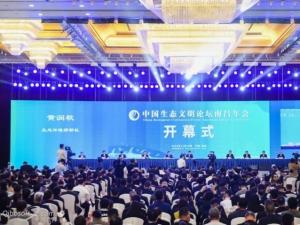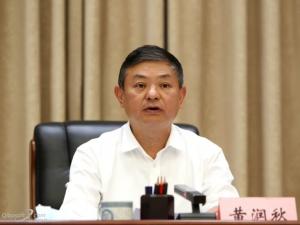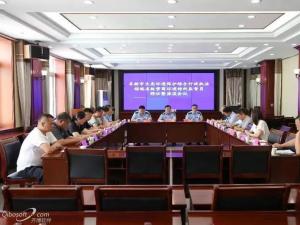Manuel PENNAFORTE (潘富石):法国预防科技灾害的法律措施∗(四)
|
ions were covered either directly or indirectly by the notion of “high threshold” establishment or “low threshold” establishment, (3% of the installations requiring authorisation and 0.26% of all the 500,000 classified installations①). ① http://www.developpement‐durable.gouv.fr/IMG/pdf/15‐02‐12_‐_DP_‐_Installations_classees_vfinale.pdf 664 可持续发展·环境保护·防灾减灾 Other animal rearing: 28% IPPC: animal rearing: 7% IPPC: industries 8% Quarries: 10% Seveso: 3% “High threshold” establishments & “low threshold” establishments Waste: 1% Other industrial establishments: 43% 2.1.2 Regular Assessments of Chemicals The operator of classified installations forming a “high threshold” or “low threshold” establishment must carry out a regular assessment of the dangerous substances and preparations likely to be present on the site. The assessment covers the nature and physical state of the substances concerned, as well as their quantity. It must be carried out every three years, before the 31st December of the year in question and a report must be sent to the Préfet. 2.1.3 Policy of Major Accident Prevention The operator of classified installations which form a “high threshold” or “low threshold” establishment must describe the major accident prevention policy (PPAM) in a document kept up to date and made available for the inspection of classified installations. Furthermore, like the danger study, the definition of the PPAM is the operator’s key responsibility. The PPAM formalises the management commitments towards safety and states it in writing. It must also be examined during the routine checks. 2.1.4 System of Safety Management The operator of classified installations forming a “high threshold” establishment (contrary to the operator of a “low threshold” establishment) must put a safety management system (SGS) in place applicable to all the installations likely to generate major accidents on the site. He must provide the SGS with the appropriate resources and ensure it functions well. Moreover, the SGS is also part of the general management system of the establishment. Therefore, in the event for example of an operator deciding to put a safety management system in place, either one specifically created for the company, or one which has been purchased, the SGS must be part of this system. In substance, the SGS must define the organisation, the functions of the personnel, the procedures and the resources which enable the major accident prevention policy to be put into practice. For this purpose it must be set out in seven chapters under the following topics: - organisation and training; - identification and eva luation of the risk of major accidents; - control of procedures and operation control; - management of modifications; - management of emergency situations; - management of feedback; - inspection of SGS. 2.1 Control of Urban Planning The installations which come under section “S” of the list require a specific treatment compared to other installations: they make it necessary or compulsory, depending on the case, to put measures in place in the aim of enabling the authorities to “control urbanisation” around the “high threshold” establishments concerned. 665 2012 年全国环境资源法学研讨会(年会)论文集 The legal tools available are the land and water use restrictions (SUP). Concerning the operators of installations which come under section “S” of the list, the French Environmental Code distinguishes two types both of which can apply: the “optional” environmental restrictions (2.2.1), and the obligatory restrictions (2.2.2). 2.2.1 Optional Environmental Restrictions The Préfet, on behalf of the State, can establish land and water use restrictions (referred to as distancing “SUP”) within a specified area around the installation either on his/her own initiative or at the request of the operator or the mayor of the concerned municipality (city, town or village). Within this specified area, the land and water use restrictions: - restrict or forbid the right to build or set up constructions, camping sites or caravan parks; - make building permits contingent on technical regulations regarding the limitation of the risk of explosions or concerning the protection of buildings against noxious emanations; - reduce the number of employees in industrial and commercial installations built at a later date. There is, however, a limitation: the land and water use restrictions “can not make compulsory the demolition or abandon of existing constructions built according to the laws and regulations in force before the existence of these restrictions” (C. env., art. L.515-8, III). The environmental restrictions described above can come into force when a new installation is built on a new or existing site, or during the modification of an existing installation requiring the issue of a new permit. They are laid down by the Préfet following a procedure which includes a public enquiry and several consultation phases to collect, among others, the opinions of the State, local authorities, representatives of environmental protection associations and the operator. The land and water restrictions must be added as appendices to the town-planning document. This is essential, since from the moment they are included, the land and water restrictions “can be used to refuse all requests for planning permission” (C. urb., art. L. 126-1 paragraph 3), and thereby foil all plans for building in the area concerned. Finally, the ‘Préfectoral’ |
我来说两句
已有0评论 点击全部查看






